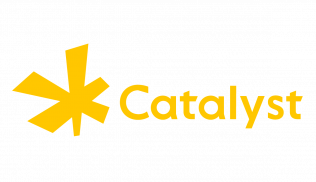Using Theory of Change to Inform Catalyst’s Strategic Plan

Junxion took things to the next level, pushing us to think of things we hadn’t considered and encouraging stakeholders to express ideas and thoughts that weren’t premeditated.
I really liked the visual, 'bottom up' approach to long-term change. It's exciting to talk about this stuff, as Catalyst has some pretty big dreams!
Case Study Download
Ready to start making positive impact?
Benefit from our many years of experience. No task is too big or too complex for our team.

